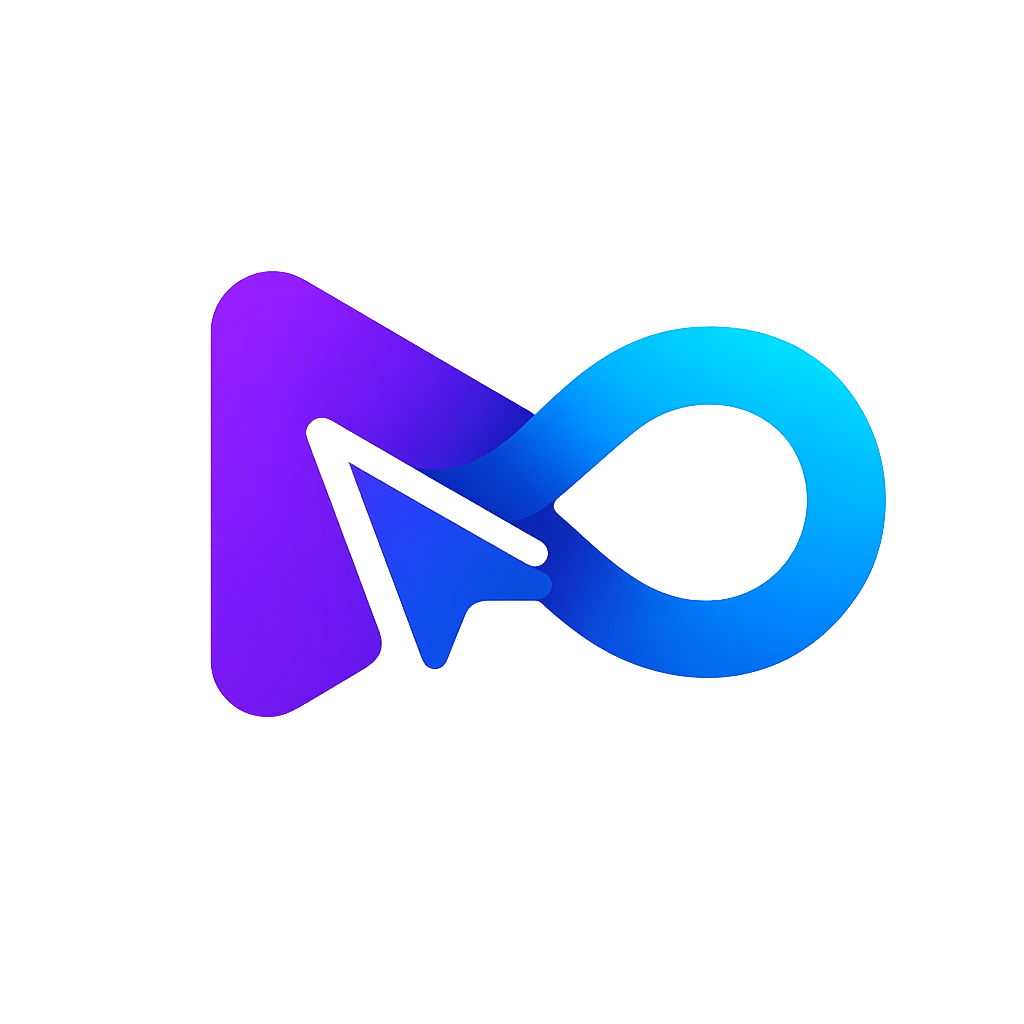AI Vector Search Engine

What is vald.vdaas.org?
Vald is a distributed fast approximate nearest neighbor (ANN) dense vector search engine designed with a Cloud-Native architecture. It efficiently searches neighbors from vast amounts of feature vector data. Key features include:
Asynchronous Auto Indexing: Utilizes a distributed index graph, allowing uninterrupted operations during indexing without the need for locking.
Customizable Ingress/Egress Filtering: Provides highly customizable filters for Ingress/Egress, adaptable to the gRPC interface.
Cloud-Native Design: Horizontally scalable on memory and CPU, dynamically adjusting to varying demands.
Auto Indexing Backup: Supports automatic backup using Object Storage or Persistent Volume for seamless disaster recovery.
Distributed Indexing: Distributes vector indexes across multiple agents, each storing a unique index.
Index Replication: Stores each index in multiple agents, facilitating index replicas and automatic rebalancing during agent failure.
Ease of Use: Simple installation process requiring only a few steps.
High Customizability: Allows configuration of vector dimensions, number of replicas, and other parameters.
Multi-Language Support: Compatible with Golang, Java, Node.js, and Python.
For further information, visit the official Vald website or explore the GitHub repository.
Is there a community forum or support channel for vald.vdaas.org users?
VALD offers several support options for its users:
VALD Knowledge Base: A comprehensive guide covering topics such as getting started, protocols, video tutorials, updates, and downloads. It serves as a valuable resource for users seeking information.
VALD Hub Support Options: Accessible from a drop-down menu located at the top right corner of every page within the VALD Hub. Users can choose from the following options:
- Contact Support: Directly reach out to the VALD Support Team for assistance.
- Support Site: Access support articles and additional resources.
- Troubleshooting Guide: Download a helpful guide designed to assist users in resolving common issues with VALD systems.
These resources provide users with various avenues for obtaining assistance with VALD systems. Feel free to utilize them as needed.
What are the system requirements for running vald.vdaas.org?
VALD offers a convenient web-based application called VALD Hub, eliminating the need for downloads or installations. Accessible with a computer or tablet using a supported web browser, VALD Hub provides seamless usability. It's worth noting that while it's compatible with various devices, it's not optimized for mobile browsers, and Internet Explorer is not supported.
For in-depth details regarding network requirements and guidance on utilizing other VALD applications, users can refer to the VALD Knowledge Base for comprehensive information.
How can I integrate vald.vdaas.org with my existing systems?
Integrating VALD with your existing systems involves leveraging their APIs. Here's a breakdown of the steps for seamless integration:
Retrieve Test Data:
- Vald API: Utilize the /tests endpoint to fetch test data. Key parameters include:
- tenantId: Specify the ID of the tenant.
- modifiedFromUTC: Define the last successful retrieval time.
- testFromUtc and testToUtc: Optionally, filter tests by creation time.
- page and pageSize: Optional parameters for pagination and result control.
- HumanTrak 2.0 API: For HumanTrak 2.0 data, employ the /v1/tests-by-modified-date endpoint. Specify tenantId and modifiedFromUTC to retrieve and interpret test data.External Profiles API:
- Retrieve and write tenant profiles using the External Profiles API. Follow region-specific instructions provided in the guide.External Tenants API:
- Manage tenant-related data with the External Tenants API.External DynaMo API:
- Interact with DynaMo data using the DynaMo API. Retrieve and analyze athlete performance metrics.External ForceFrame API:
- Access ForceFrame data through the ForceFrame API. Retrieve force plate measurements and related information.External HumanTrak 2.0 API:
- Follow the aforementioned steps to retrieve HumanTrak 2.0 data.
Ensure you use the appropriate region-based API URLs (Australia (East), United States (East), or Europe (West)) based on your tenant. For further guidance or specific requirements, refer to the VALD Knowledge Base.
How can I secure my vald.vdaas.org integration?
Securing your Vald integration is paramount to safeguard your data and uphold privacy standards. While specific details about Vald's security practices are not available, adhering to general best practices for securing distributed systems is crucial:
Authentication and Authorization:
- Implement robust authentication mechanisms for accessing Vald components. Utilize role-based access control (RBAC) to define precise permissions.
- Consider employing OAuth, JWT, or other token-based authentication methods.
Network Security:
- Isolate Vald components within a private network or virtual private cloud (VPC) to minimize exposure.
- Utilize network policies to restrict communication between components.
- Enable encryption in transit (TLS/SSL) to secure communication between services.
Kubernetes Security:
- Keep your Kubernetes cluster updated regularly to address security vulnerabilities.
- Limit the use of privileged containers and avoid running containers with root privileges.
- Employ Kubernetes Network Policies to regulate traffic between pods effectively.
Helm Security:
- Ensure proper configuration and secure deployment of Helm.
- Utilize Helm charts sourced from reputable and trusted origins.
- Avoid using default or weak credentials for Helm Tiller.
Data Encryption:
- Encrypt sensitive data at rest using storage encryption mechanisms such as AWS EBS encryption.
- Implement encryption libraries or plugins to encrypt data before storing it in Vald.
Monitoring and Logging:
- Establish robust monitoring and alerting systems for Vald components. Monitor resource consumption, network activity, and security incidents.
- Centralize logs to detect anomalies or potential security breaches effectively.
Vulnerability Scanning:
- Conduct regular vulnerability scans on Vald components using tools like Trivy or Clair.
- Promptly address any identified vulnerabilities to mitigate risks effectively.
Backup and Disaster Recovery:
- Implement regular backups of Vald data to ensure data integrity and facilitate recovery in case of disasters.
- Test disaster recovery procedures periodically to validate their effectiveness.
Remember that security measures should be continuously reviewed and updated. Stay informed about security updates, adhere to best practices, and adjust security measures as necessary. For specific security requirements, consult Vald's official documentation or seek guidance from security professionals.
What are the main features of Vald?
Vald offers several key features designed to enhance the performance and scalability of vector search operations:
- Asynchronous Auto Indexing: Vald uses a distributed index graph to ensure continuous operation during indexing without the need for locking, avoiding stop-the-world issues.
- Customizable Ingress/Egress Filtering: The tool allows for highly customizable filters that can be configured to fit the gRPC interface.
- Cloud-Native Design: Vald is built for horizontal scalability on memory and CPU, adjusting dynamically to meet varying demands.
- Auto Indexing Backup: Supports automatic backup using Object Storage or Persistent Volume, which facilitates seamless disaster recovery.
- Distributed Indexing: Distributes vector indexes across multiple agents, each storing a unique index.
- Index Replication: Stores each index in multiple agents, enabling index replicas and automatic rebalancing during agent failure.
- Ease of Use: Features a simple installation process that can be completed in just a few steps.
- High Customizability: Allows configuration of vector dimensions, the number of replicas, and other parameters to suit specific needs.
- Multi-Language Support: Compatible with Golang, Java, Node.js, and Python.
How do I get started with Vald?
Getting started with Vald is straightforward and can be accomplished in just a few steps:
- Access Documentation: Go to the Vald official website and navigate to the "Docs" section. Here you'll find comprehensive guides and tutorials.
- Install: Follow the installation instructions provided in the documentation. Vald supports various deployment environments, and you can choose the one that best fits your infrastructure.
- Configure: Adjust the configurations as needed. You can set the vector dimensions, the number of replicas, and other parameters according to your requirements.
- Run: Start running Vald by deploying it in your chosen environment. The cloud-native architecture enables seamless integration with existing cloud services, and Vald's features will automatically manage indexing, backup, and scaling operations.
What languages and SDKs are supported by Vald?
Vald supports multiple languages and provides SDKs to facilitate easy integration with various development environments:
- Golang: Comprehensive SDK support allowing for seamless integration with Golang applications.
- Java: Java developers can utilize Vald's SDK to integrate it with applications built in the JVM ecosystem.
- Node.js: Node.js SDK ensures smooth interaction and integration for JavaScript and Node.js applications.
- Python: Python developers can leverage the Vald SDK to incorporate fast, scalable vector search capabilities into their Python projects.
These multi-language SDKs ensure that you can easily integrate Vald into different types of applications, enhancing its versatility and utility across various tech stacks.





.png)









